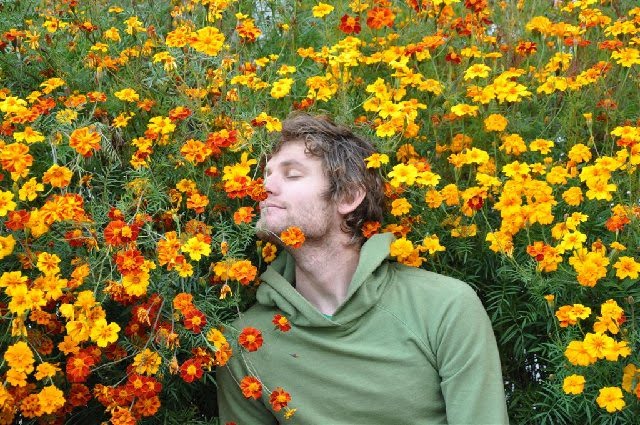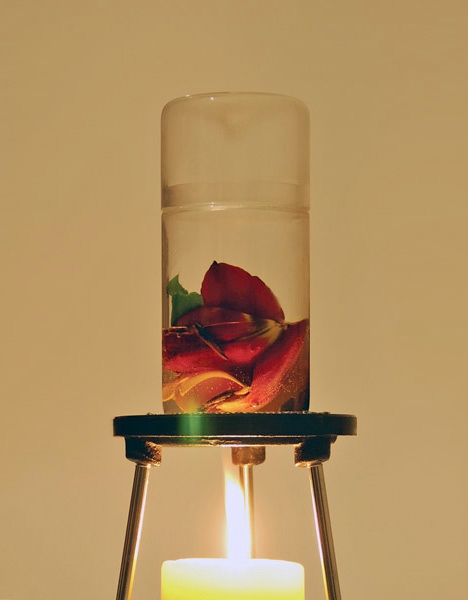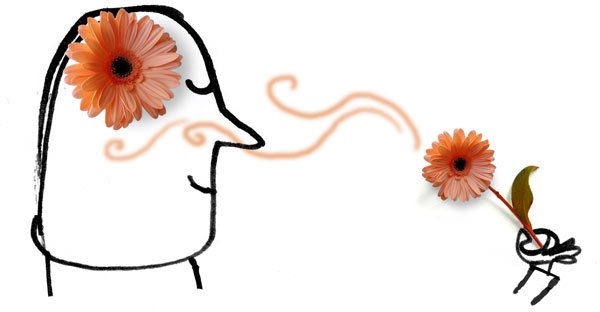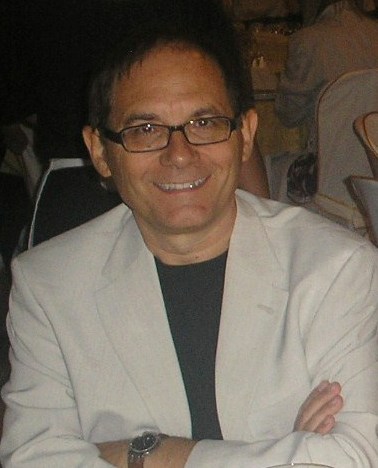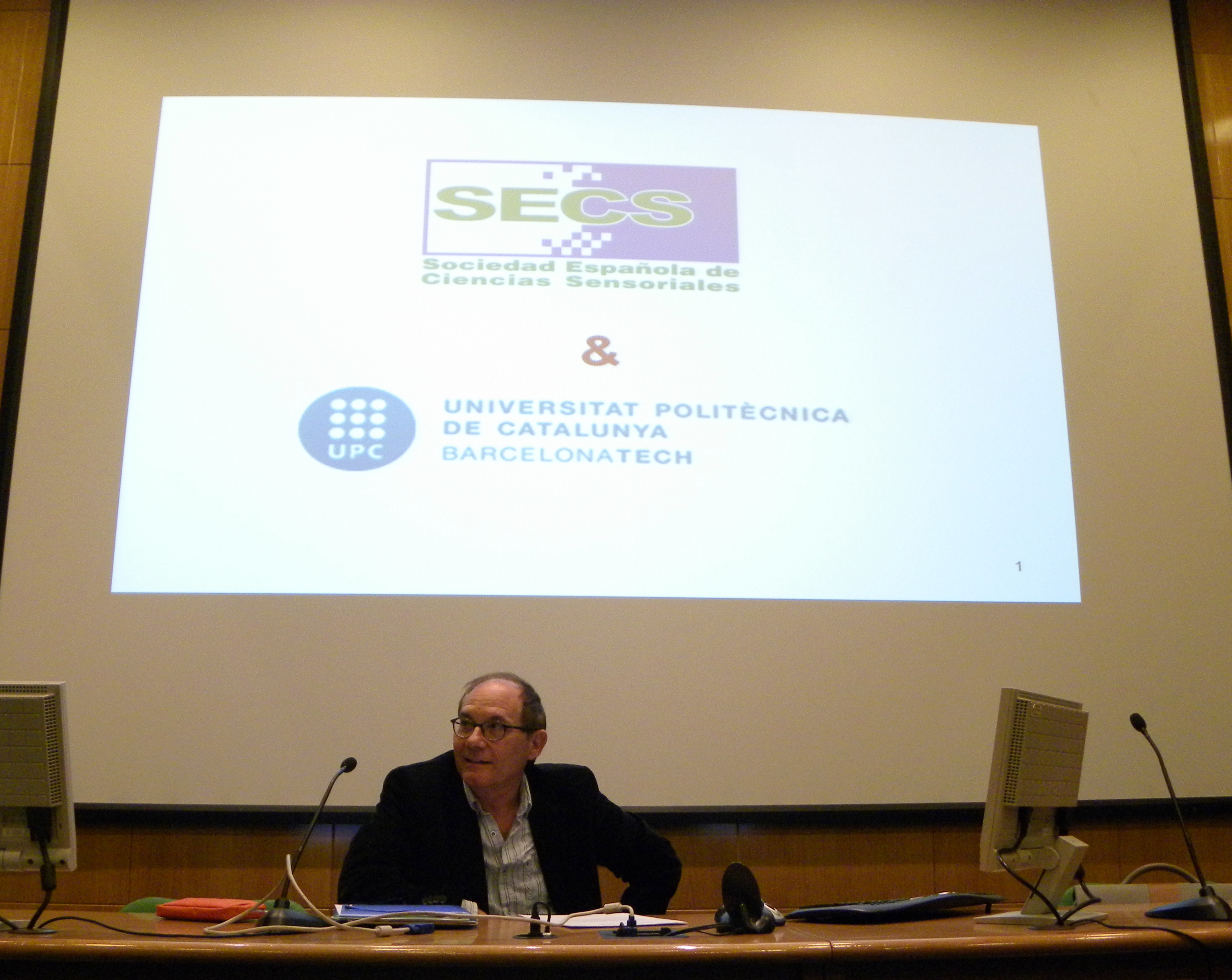August 21, 2012
Disclaimer: The views and opinions expressed herein are solely those of the author and/or guest contributors and do not necessarily state or reflect those of The Perfume Magazine LLC, Raphaella Brescia Barkley or Mark David Boberick.
All content included on this site, such as text, graphics, logos, icons, videos and images is the property of The Perfume Magazine, LLC. or its content suppliers and protected by United States and international copyright laws. The compilation of all content on this site is the exclusive property of The Perfume Magazine, LLC. and protected by U.S. and international copyright laws.
The Perfume Magazine.com is solely owned and operated by Raphaella Barkley Raphaella Barkley; Editor, Founder and Owner of The Perfume Magazine LLC.
The Perfume Magazine Forums, The Perfume Magazine.com, The Perfume Magazine FaceBook,The Perfume Magazine Twitter, and Sniffapalooza Magazine.com, as well as all The Perfume Magazine Social Media, is also solely owned and operated by Raphaella Barkley and The Perfume Magazine LLC.
THE PERFUME MAGAZINE LOGO & BANNER
Perfume Magazine Brand Consultant: Tim Girvin
Our logo was created by GIRVIN | Strategic Branding, based in Seattle, NYC, and Tokyo. This is a specially built font that their design team created exclusively for Perfume Magazine. It is a custom cutting, redrawn and founded on a type design originated in 1798 by Giambattista Bodoni, drawn from the archives of Firmin Didot, an exemplar of luxurious design principles for hundreds of years. GIRVIN's team built the "fume" trail, as well as composited the arrangement of the bottles as part of the branding strategy.
The Perfume Magazine Banner was designed exclusively by GIRVIN and is the property of The Perfume Magazine, LLC.
All images appearing in the banner are registered trademarks of their respected company and are used with permission.
Creed Bottle image in The Perfume Magazine Banner is a registered trademark of Creed and used with permission.
Fracas Bottle image in The Perfume Magazine Banner is a registered trademark of Robert Piquet and used with permission.
The logo and banner are property of The Perfume Magazine, LLC. and are protected by U.S.and international copyright laws.
© Copyright. 2012. All Rights Reserved. The Perfume Magazine LLC 2012
SMELL A FRAGRANCE: Anatomy Of Emotions
By Dr. Francesc Montejo
When we smell a fragrance, a magical process takes place that is predominantly involved in the brain. In turn, this phenomenon creates emotions and feelings that are more than a mere psychological process. We will discuss this phenomenology, studying in depth the anatomy of emotions. Inhaling a perfume can sometimes involve a sensory adventure of unimaginable consequences, even though we capture only a small part of reality, almost incomprehensible, that surrounds us.
When we smell a fragrance, a magical process takes place that is predominantly involved in the brain. In turn, this phenomenon creates emotions and feelings that are more than a mere psychological process. Inhaling a perfume can sometimes involve a sensory adventure of unimaginable consequences.
I begin by revealing something that perhaps may seem surprising: the nose does not smell, the ears are not listening, the tongue does not taste, the eyes do not see and fingers do not feel touch. What actually performs all these functions is our mind. The brain is the supreme leading software of all those feelings that we experience every day. Perceptions are the result of certain algorithms or operations that makes our brains.
Let us pause for a moment in the olfactory system: odorant molecules such as indol, responsible for the smell of jasmine, or geraniol, one of the major components of the aroma of the rose, to name a few examples, are actually odorless. They are only the keys that open doors that allow initiate a series of biochemical reactions at the cellular level that producing brain algorithms that lead to perceptions.
In the brain are a set of associative networks and modular properties which give it exceptional qualities. A few hundred billion small elements or neurons are responsible for it. The human being is immersed in an unknowable reality, composed of strange elements called quarks and electrons. So we could say that these unusual elements breathe instead of air. But the reality is even more amazing. Quarks and electrons are indeed small ultramicroscopic filaments formed by vibrating strings. However we are not able to see these tiny particles. What we see is indeed the effect of certain electromagnetic radiation of light bounce off the electronic shields atoms. It is like a mirage, we can conclude, not without reason.
Furthermore, these microscopic particles have properties very different from those postulated by traditional physics or Newtonian physics. We know that these elementary particles consist predominantly by vacuum. Indeed, reality seems elusive and is configured by vacuum. But we also know that the quantum vacuum is not empty at all but an average value. Constantly forming and annihilating particles and antiparticles of matter that causes pure energy. The microscopic particles behave in unusual ways, to the extent that the display of the same is modified by the observer himself. We are referring to the famous Heisenberg principle, and these distinctions we are entering the ever incomprehensible to our logic, field of quantum physics.
One consequence of the Heisenberg principle is that the methods of measurement cannot be infinitely precise, and as well there are a number of interconnected variables, they cannot be determined simultaneously and accurately. Put another way, this means that the path does not exist until we see it.
Sensory receptors allow transduce external signals in perceptions, and through them begins to shape our naive reality. This biological process is the cornerstone that allows living things interact with their environment. We can say without fear of error that we would not exist without perceptions.
At this point it is pertinent to formulate the following question: How the brain manages to develop perceptual objects? Apparently it seems that this is a process full of magic. The brain from molecules, electromagnetic waves, acoustic waves or pressure waves, is able to create a whole universe full of smells, tastes and tactile sensations, among other wonders.
As discussed above in the brain there are a set of interconnected neural network shave unique properties. Therein lies part of the explanation of this astounding fact. For example, when we smell one molecule of vanillin (the most abundant molecule and characteristic aroma of vanilla, a plant of the orchid family) activates a specific neuronal network localized mainly in the olfactory bulb and cortex. This neural network consists of thousands of neurons that correspond with the standard smell of vanillin and is directly related to the limbic system, which among other functions, controls emotions.
Activation of this specific network of vanillin is what creates the smell of vanilla, or delightful feeling of which we spoke earlier. This phenomenon is facilitated by a self-controlled chaos of brain activity that gives our brain exceptional qualities. Some theories suggest that our governing body operates as a quantum computer. This type of machines has a much greater computing power than today ones. Perhaps this is the secret of that strange and intimate ature, inexplicable charm that allows us to experience the presence of perceptual objects.
Our sensory system captures some oddities of this world of quarks and electrons, as odorant molecules, sapid molecules, sound waves, electromagnetic waves and pressure waves, and builds a set of subjective sensations. This way of looking at reality is what is what is known as naive reality. It really is the only way we have to capture the outside world. Our senses are like windows that capture patches of the world almost inconceivable. Our body is provided with sensory filters that select and access to only a small part of all available information, approximately less than one percent. Furthermore, only a small part of this information is consciously assimilated by the brain. Which do not process consciously but is there and is involved in many of the mechanisms of our brain software, such as making decisions. Too much information would collapse the sensory system. By this restriction selects certain items, such as electromagnetic wavelengths or molecules, which are useful for their purpose cybernetics, or give to life what it really need.
If these sensory windows were permanently closed, sensory death would occur and consequently the biological death. The vast network of neuronal dendrites shrink to lose their functionality and neither would be able to obtain the energy necessary to implement the most basic biochemical processes.
Humans need energy for our survival. This is the thermodynamic principle is implicit in life. The energy we get from our environment, unknowable reality that we have outlined before. But to get this vital source we must be able to interact with the universe through perceptions. They provide us with basic information and allow us to establish certain psychological mechanisms that are going to be very useful for survival.
The brain keeps his memory by strengthening the chemical bonds between neuronal synapses (there are 500 billion of them in the human brain) and the corresponding brain pattern has a specific a label. The name we give to each of these brain patterns is not a matter of minor importance. In fact it is really important that kind of labeling in the sensory recognition of external stimuli, on the development of language and all the sensory culture.
In this preliminary cognitive process also is produced another transcendental phenomenon: sensory discrimination. This allows identifying, for example, flavorings with different molecular structures; although in some cases they are very similar.
To facilitate this mechanism of discrimination of sensory stimuli the brain uses some strategies such as lateral inhibition, which inactivates neighboring neurons when activated other, to highlight the contrast of some of its qualities. Is the mechanism the brain uses to separate the information that is valuable that not good for anything, which is simple sensory noise. The annotated example of sensory behavior of the molecule of vanillin can be applied also how they behave the mechanisms of other classes of perceptions such as auditory, visual, taste or touch.
In addition to sensory patterns networks there are other types of neural networks. One such class is what gives character to hedonic perceptions. The hedonic value rated on a scale ranging from "I do not like" to "really like" to perceptual objects. Thus we can say, for example, that "because I love that orange, it is very sweet," or that "he cannot stand grapefruit because it is too bitter."
In the evolution of living beings hedonic value has played an important role, helping to boost intake of certain foods rich in nutrients, and also to avoid eating foods with high toxicity. In the first case the evolution has given a satisfactory hedonic value, such as carbohydrates and sweet taste, while other foods have been given an unfavorable hedonic value, as in the case of certain plant species with intense flavors bitter.
In this context we should not forget that evolution and the formation of complex emergent systems are synonymous with specific design. Indeed, evolution is the most indefatigable designer who ever lived. He only needs to satisfy one requirement: he must be patient and have plenty of time, millions of years of time. The evolutionary designs aren´t perhaps the most intelligent, but their functionality is more than satisfactory.
The hedonic value can be classified into two classes: the evolutionary and cultural. The first relates to the genome of living being and characters of very long evolutionary periods, as the fact to correlate the bitter taste with potentially harmful substances. In turn, hedonic value culture is linked to the customs of groups of people confined to a particular space-time.
Perceptions are the threshold required of emotions, feelings, and consciousness of self. Emotions such as joy, sadness, anger, or fear, among others, are linked to the body and facilitate survival. By contrast the feelings are related to the rational part of the brain and have a very significant subjective component.
Antonio Damasio, an eminent neuroscientist Portuguese is an expert in that subject. In his book Looking for Spinoza he masterfully exposes their knowledge. There is a wonderful moment in which reading Damasio we reach such an understanding of the importance of emotions and feelings that we run out of breath: The intuitive understanding of the foundations of cyber ethics and human morality, beyond any connotation of neurological or religious.
Self-awareness helps us differentiate ourselves from other individuals and provides a unique non-transferable. The conscious perception of one's self is but the effect of superimposing a host of memories acquired throughout our existence.
The magic of the brain appears again, transforming the mechanism of incorporation of memories into something marvelous, and kindly invites us to believe what is most convenient for us. Perceptions are our road map through the maze of life. They are immovable pillars of our existence. Today we have made considerable progress in understanding the genesis of perception, but still a long way to go to better understand the mysterious magic that connects us with the rest of the universe.
When we smell a perfume we begin a journey of unpredictable consequences. Remember the famous experience of Marcel Proust when he describes in his book In Search of Lost Time, his deep longing to smell a muffin led him to a lost paradise, his almost forgotten childhood.
"When we smell a perfume we begin a journey of unpredictable consequences".
All images courtesy By Editor-In-Chief
About the Author
Francesc Montejo Torrell is currently a biochemist and is head of Inn Flavour's, company belonging to a Food Science and Fragrance Consulting group. He was head of research and development of Givaudan, Diversey Lever, Dragoco and has worked with Cosmos Aromática and Nestle Group.
Professor Francesc Montejo Torrell has been a guest speaker numerous times speaking about The Secrets of Olfaction and Design of Flavour's of the Future. He has been published in Perfumer& Flavorist Magazine and has had many papers published on the subject of Olfaction. He lives in Barcelona, Spain.
Francesc Montejo Torrell will be working with The Perfume Magazine on future projects and will be featured in special issues.
The Perfume Magazine welcomes him warmly.



